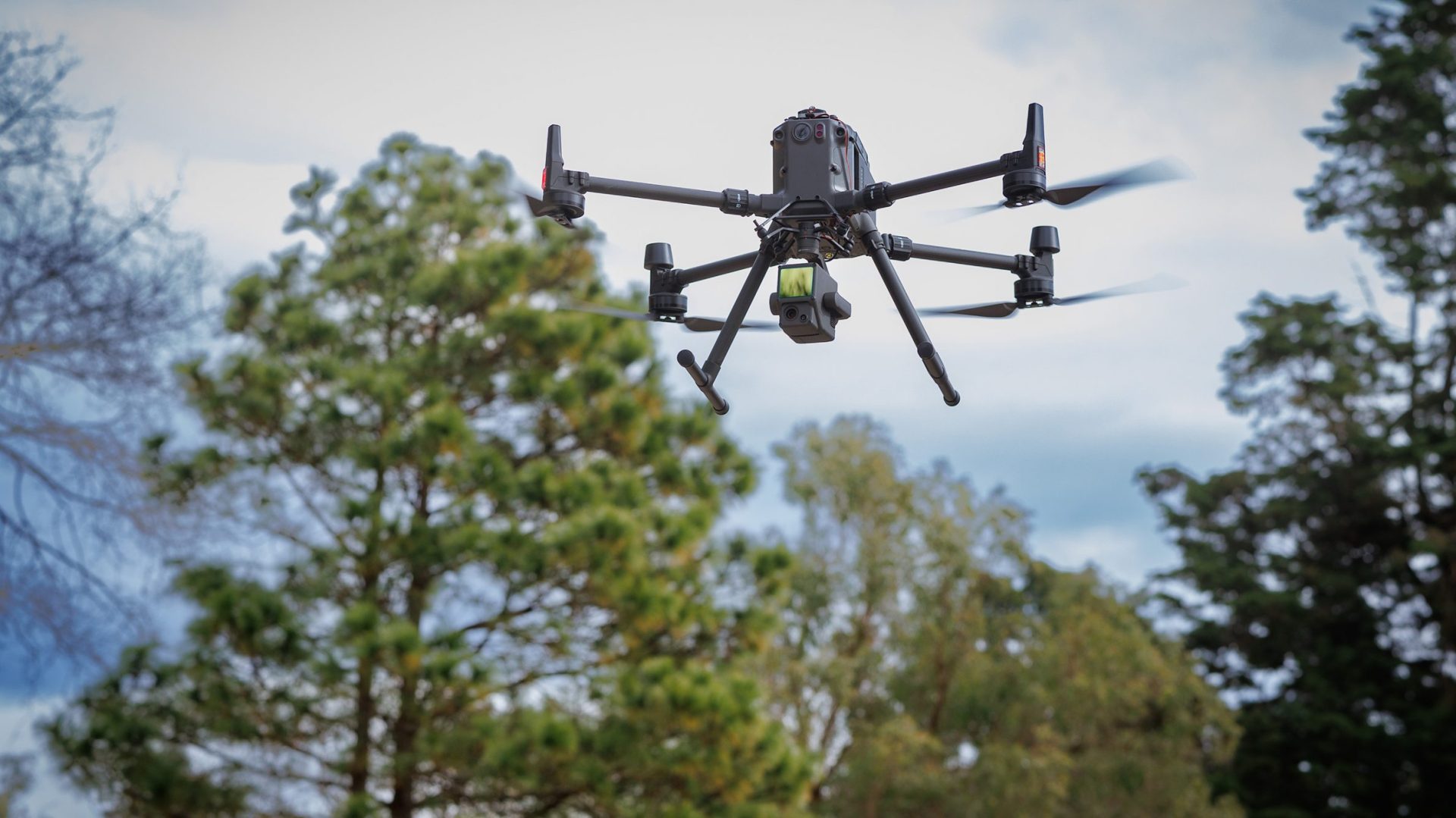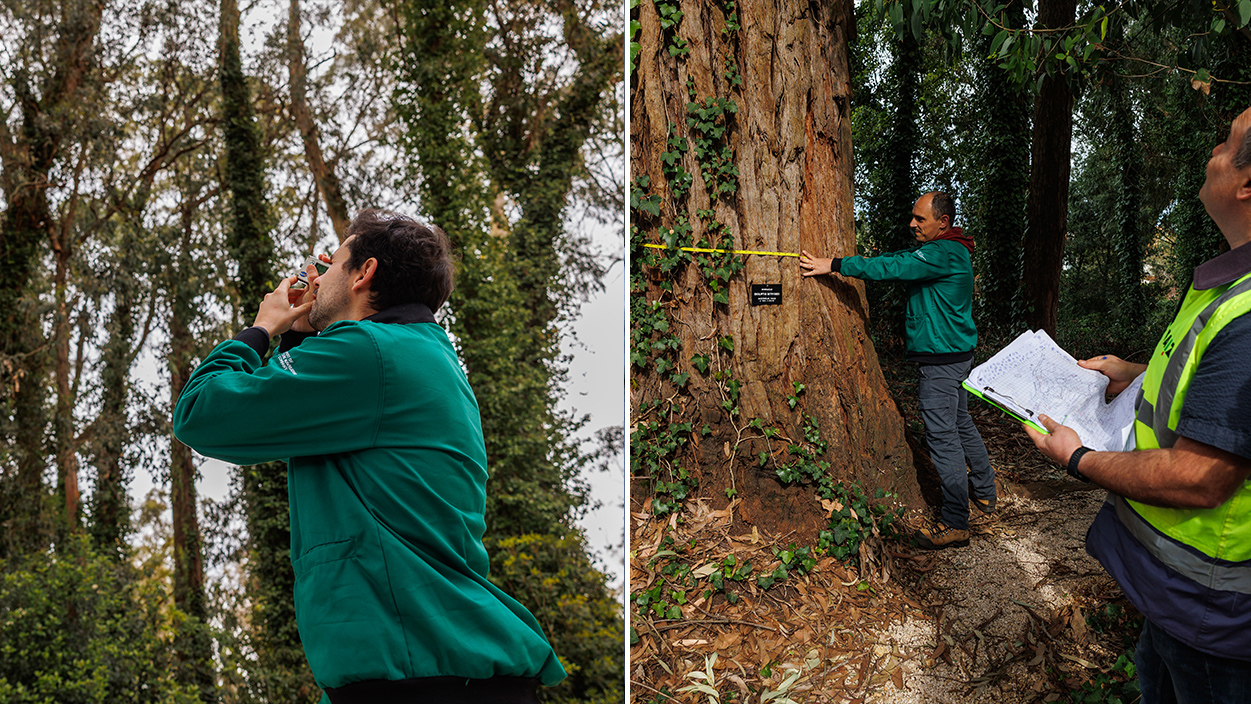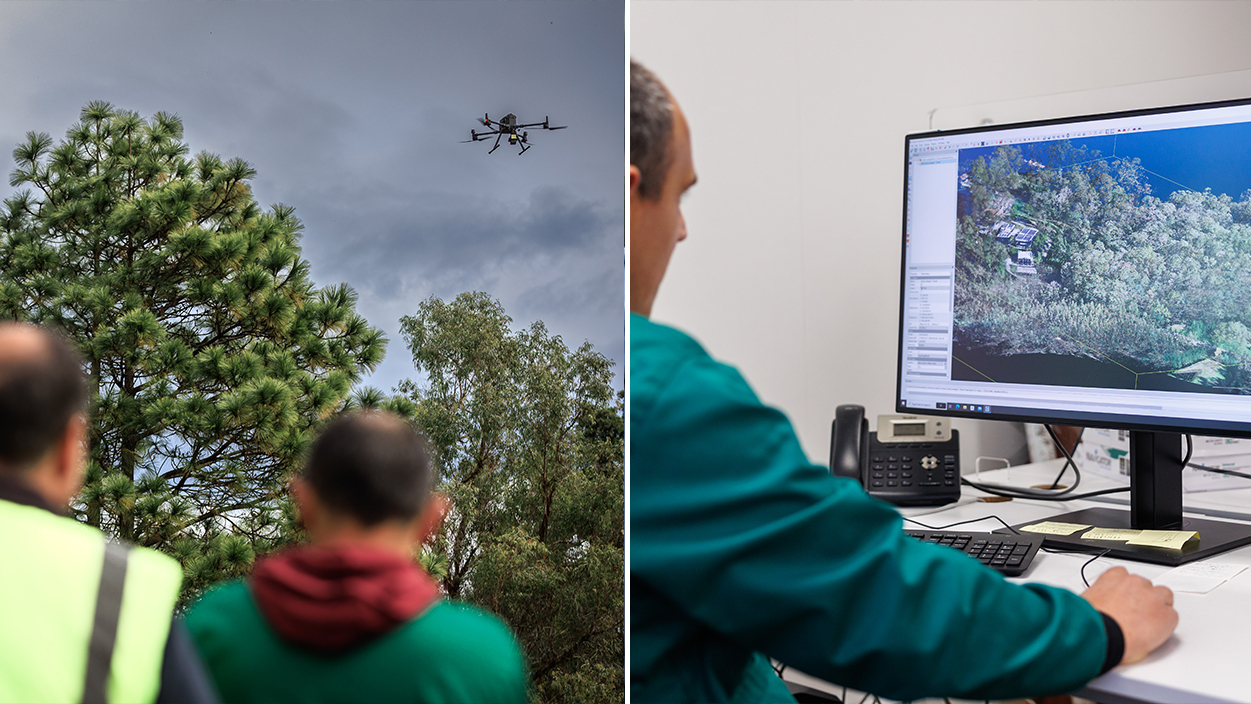The centenary São Francisco Farm arboretum, in Aveiro, will be celebrated in a new book to be published in 2023. And to get to know these magnificent trees, there is mapping and georeferencing work ongoing since the start of 2023, with the help of a drone and a LiDAR (Light Detection And Ranging) sensor.
There are more than 400 large trees and shrubs worth knowing and preserving at São Francisco Farm. In addition to their large size, they stand out for their beauty and old age – some of them were planted more than a century ago. “Furthermore, these are unique species in the country and a fair deal are also unique in the whole of Europe”, João Ezequiel proudly states, curator of São Francisco Farm and leader of the team engaged in mapping them and which shall result in a book under the name The Monumental Arboretum of São Francisco Farm.
The team relies on two further members: researcher André Duarte and forest engineer Luis Muñoz, both from RAIZ – Forest and Paper Research Institute, the research and development (R&D) structure of The Navigator Company, based on this Farm in Eixo, near the city of Aveiro.
The wealth of this particular heritage is undeniable: in the São Francisco Farm arboretum there are more than one hundred species of Eucalyptus and Corymbia (a botanical species that includes the so-called garden eucalypts) forming together one of the largest eucalyptus arboretums outside Australia.
These trees are part of around 450 species of flora identified on this farm, some of them protected, such as the butcher’s-broom (Ruscus aculeatus), others endemic, such as Rubus vigoi that only grows naturally in the Iberian region, thus turning this 14-hectare area a biodiversity hotspot that should be further studied, documented and preserved.





